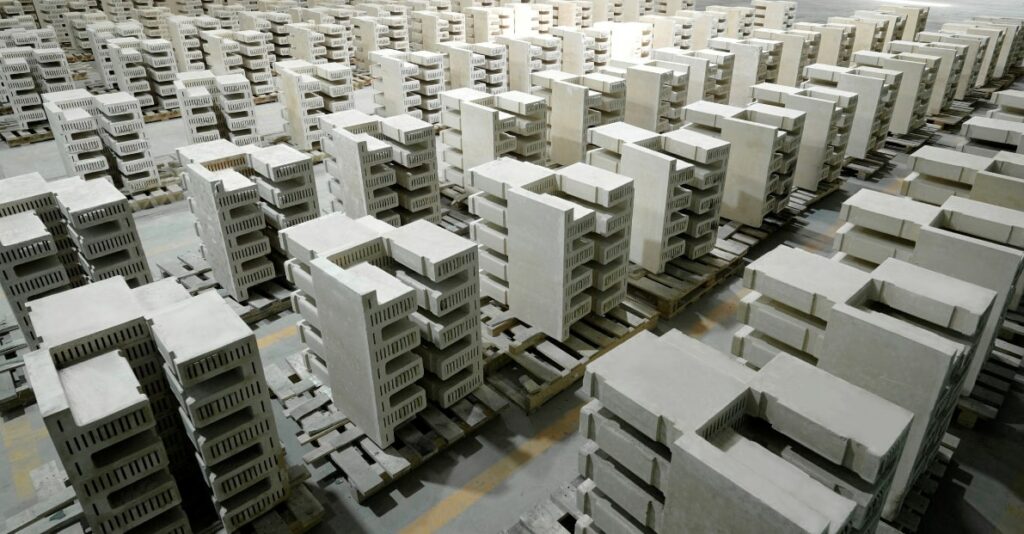
What would it take to use superheated brick technology to store renewable energy for heavy industry in Tasmania?
paul mallett proposes further exploration of ‘superheated brick’ technology for industrial application in Tasmania.
Background
John O’Donnel of Rondo Energy created a specially engineered brick, made of refractory materials, that can heat up to very high temperatures (800-1500 degrees celsius). The application of this technology to heavy industries that use huge amounts of heat is clear, including for those industries at Bell Bay. Electricity from wind or solar is intermittent and not always easy to use directly for heat, however the bricks store thermal energy and can release it as industrial-grade process heat when needed, 24/7.
The technology is: low cost, modular and scalable, compatible with variable renewables, long lifetime (bricks last for decades), zero-emissions heat when powered by renewables. According to Rondo, it is an ‘industrial heat battery’ — “basically a giant rechargeable brick toaster that holds heat for hours or days”.
Application in Tasmania
paul believes there is merit in exploring this technology for Tasmania, and Bell Bay specifically.
- Tasmania’s North East has big renewable potential: hydro, wind, and future offshore wind.
- Bell Bay is already the state’s major industrial hub with aluminium smelting, timber, hydrogen feasibility studies, etc.
- Many industries there need high-temperature heat (refining, metal processing).
- Green hydrogen production needs low-cost electricity to run electrolyzers. But some hydrogen production methods (e.g., thermal splitting) could benefit from abundant clean heat too.
- Also: if you can store excess renewable power as heat in bricks when the grid is oversupplied, you’re making better use of local wind/hydro peaks — smoothing demand.
- High renewable share: Tasmania already has 100%+ renewable generation but wants to double it for green export opportunities.
- Curtailment risk: When the wind blows or hydro spills, there’s excess electricity — storing it as heat is cheaper than batteries for certain industrial loads.
- Hydrogen projects: Several Bell Bay hydrogen proposals (Origin, Woodside, Fortescue) could integrate thermal storage to improve flexibility and cut costs.
- Jobs: Manufacturing, installing and maintaining heat batteries could build local supply chains.
Inspiration
John O’Donnell, founder of Rondo Energy, gave a well-known TED talk (see clip) explaining how superheated bricks can store renewable energy as heat for industries that need continuous, high-temperature process heat — something that’s usually hard to decarbonise.





